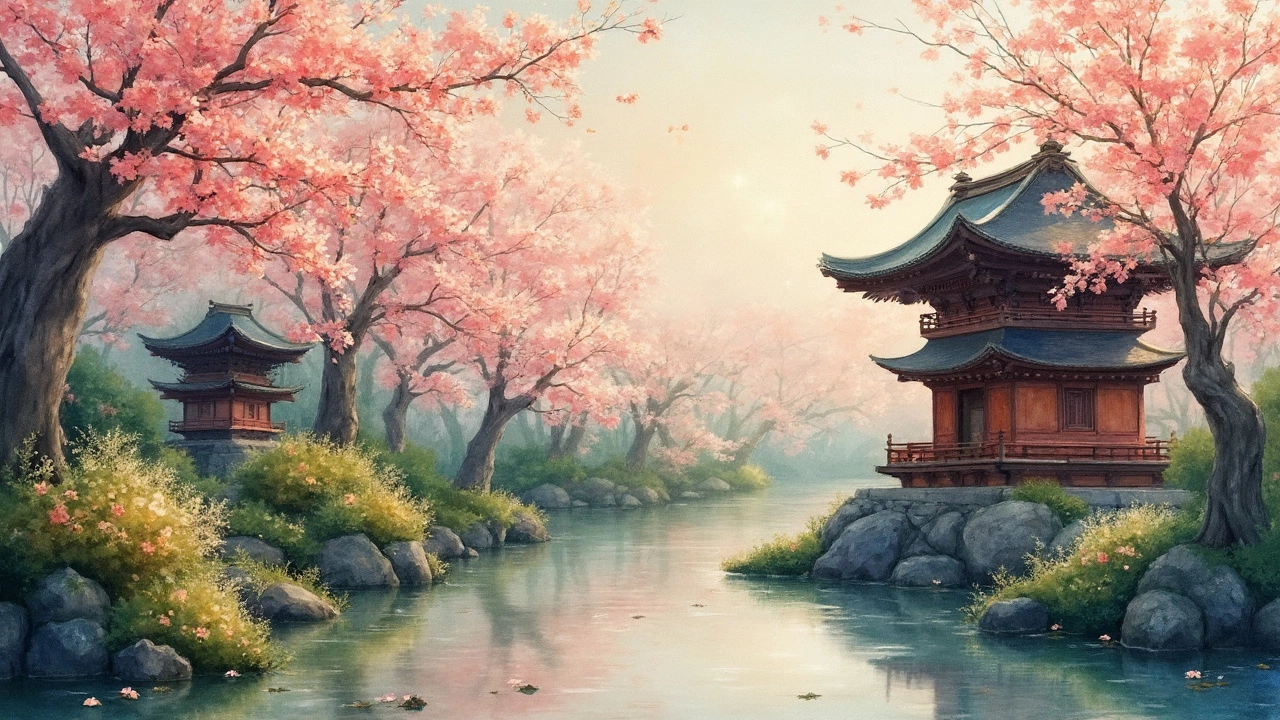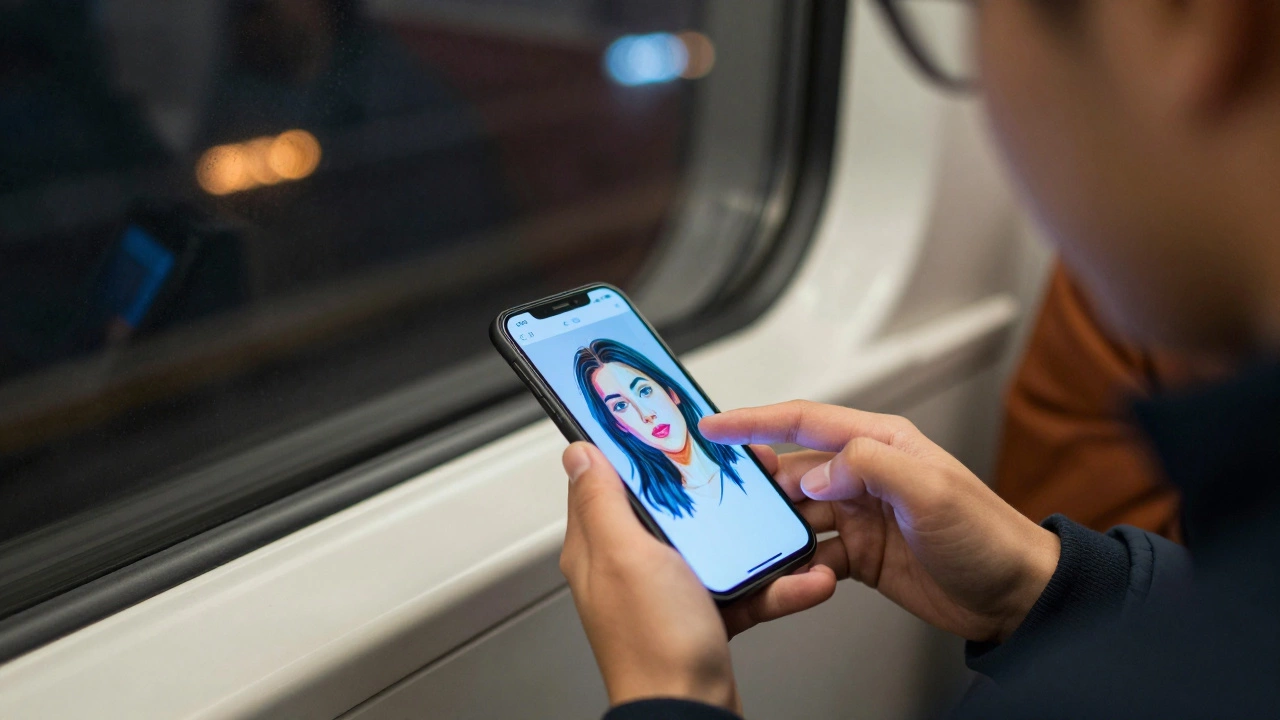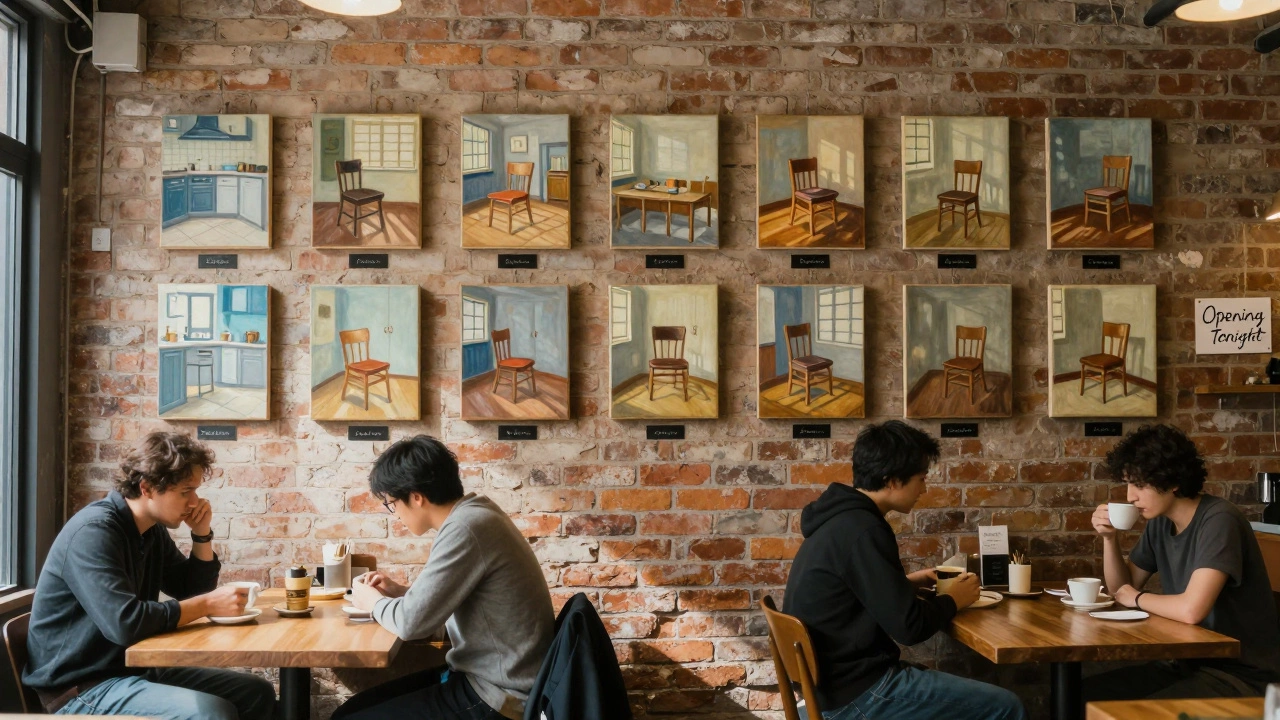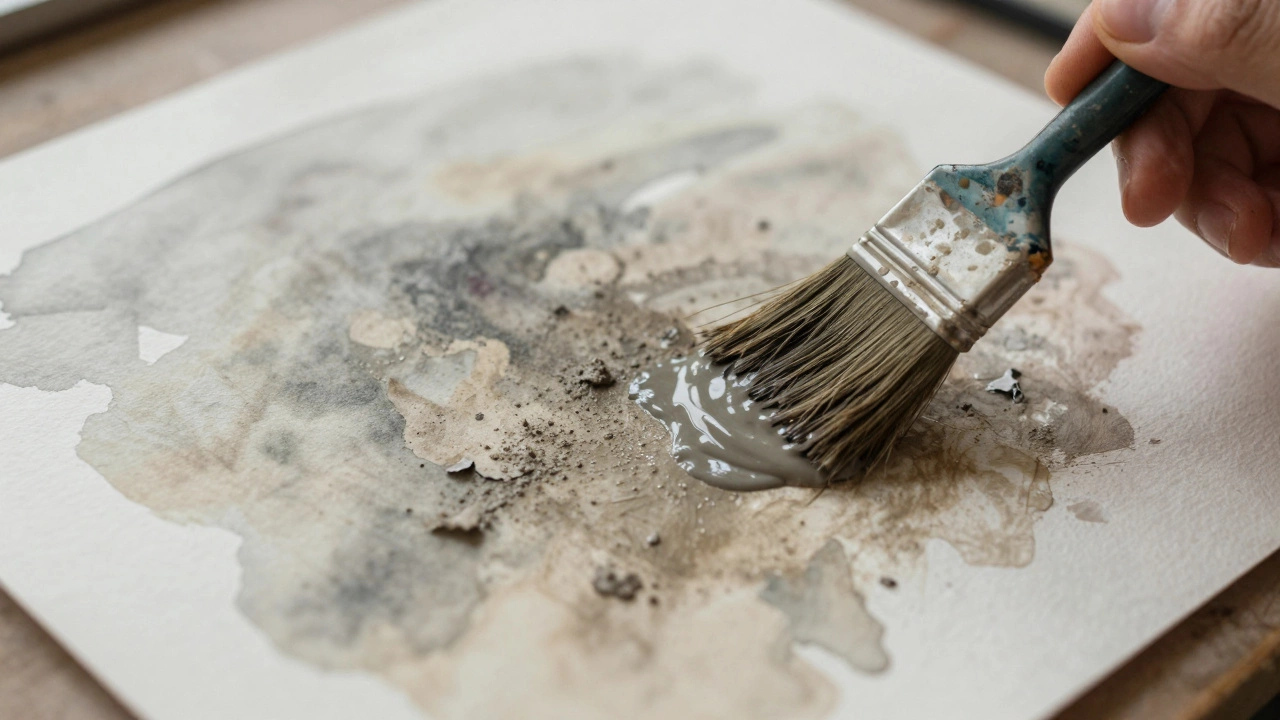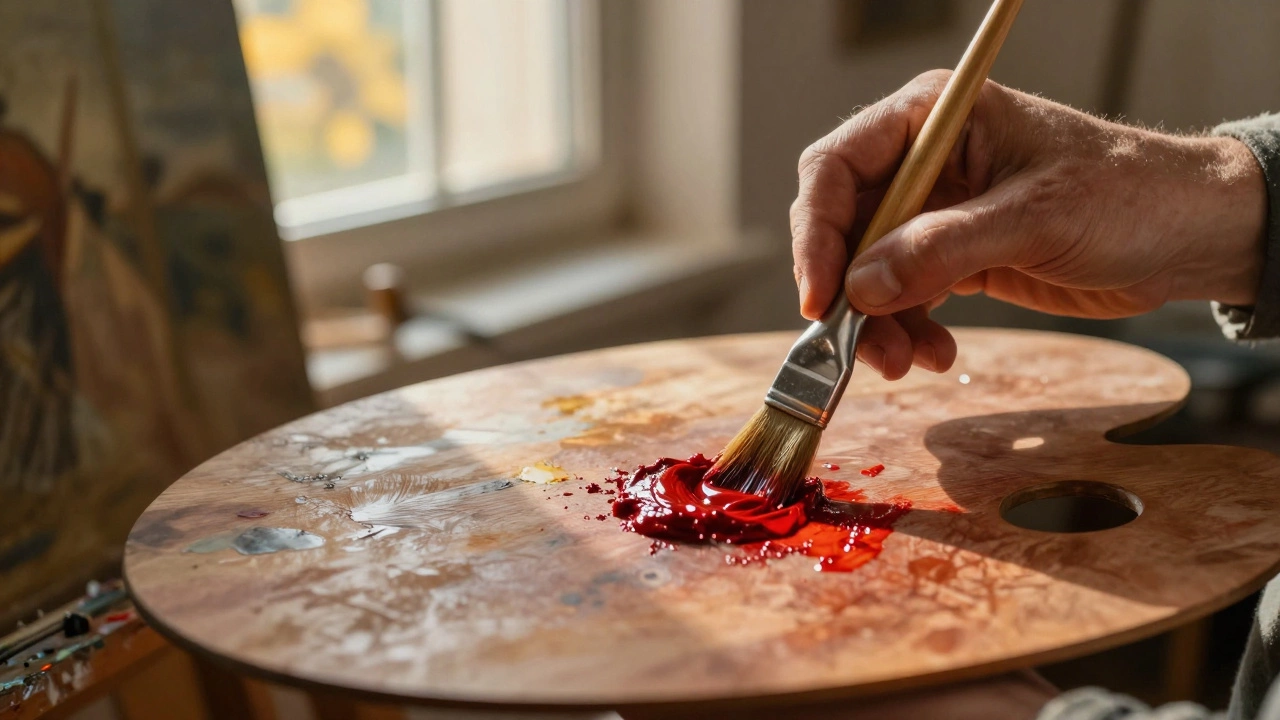When you think of watercolor painting, Japan isn’t just another name on the list. It’s a country with a truly fascinating relationship with the medium, embracing both traditional elegance and modern innovation. The watercolor art scene in Japan is thriving, and its success is deeply rooted in history.
Imagine a delicate balance between simplicity and complexity—this is what you find in Japanese watercolor paintings. But what makes it so special? For starters, inspiration often springs from nature. Japanese artists capture landscapes, flora, and fauna with a grace that's hard to match. Their work often reflects the minimalist approach that's central to Japanese aesthetics.
Whether you're new to watercolor or a seasoned artist, Japan’s watercolor traditions can offer endless inspiration and learning. Ready to explore what sets this art form apart? Stay with me as we dive deeper into the world of Japanese watercolor painting.
- Introduction to Japanese Watercolor Art
- Historical Background and Evolution
- Key Techniques in Japanese Watercolor
- Renowned Japanese Watercolor Artists
- Cultural Significance and Influence
- Tips for Starting Your Watercolor Journey
Introduction to Japanese Watercolor Art
The fascinating and elegant world of Japanese watercolor art is a treasure trove of cultural and historical richness. Watercolor painting in Japan, known for its unique approach and attention to detail, has captured the hearts of many art enthusiasts across the globe.
The Roots of Watercolor Art in Japan
The journey of watercolor art in Japan began more than a thousand years ago, with early influences from Chinese ink wash paintings, known as 'sumi-e.' This style laid the foundation for what would become a distinct form of artistic expression in Japan. Artists embraced the spontaneous yet controlled flow of watercolors, creating pieces that balanced precision and emotion.
Key Characteristics
Japanese watercolor paintings are often intuitive yet highly disciplined, focusing on nature's transient beauty. The use of muted tones, subtle shading, and light brushstrokes are hallmarks of this style, capturing the ephemeral quality of the natural world.
From Ancient Traditions to Modern Innovation
While tradition plays a significant role, modern Japanese artists are blending these age-old techniques with contemporary styles. This fusion has given rise to a dynamic and evolving art scene, where Japanese watercolors continue to captivate new audiences.
Why Japan is a Watercolor Painting Haven
| Reasons | Details |
|---|---|
| Cultural Heritage | Japan's rich artistic history provides a strong foundation for watercolor art. |
| Natural Inspiration | The country's stunning landscapes serve as endless inspiration for artists. |
| Innovative Techniques | Mixing traditional methods with modern creativity keeps the art form fresh and exciting. |
Understanding this vibrant world begins with appreciating how these traditional methods have shaped its current landscape. Whether you're simply an admirer or someone ready to pick up a brush, Japanese watercolor art offers a welcoming invitation into a beautifully serene realm.
Historical Background and Evolution
Japan's love affair with watercolor painting dates back centuries, intertwining with rich cultural practices and aesthetic values. What's fascinating is how water-based pigments have been pivotal in Japanese art, evolving through centuries of tradition and innovation.
Watercolor, in many ways, was influenced by Japan's ink wash painting, known as Sumi-e. This began around the 14th century and emphasized the use of black ink of varying thicknesses. What stands out in this era is the emphasis on capturing the spirit of the subject, not just its likeness.
"The brush dances like a spirited ink dragon," wrote Matsuo Basho, a famous Japanese poet and painter, capturing the essence of fluidity in Japanese watercolor art.
Sumi-e and Kacho-e: The Foundations
Sumi-e's minimalist approach inspired more than just landscapes; it played a vital role in the development of Kacho-e, which means "flower and bird paintings". In these paintings, artists poured their skills into representing the dynamics of nature, emphasizing balance and harmony.
What's more is that during the Edo period, watercolor painting began to diversify, especially among the literati class. These hobbyists used watercolor as a medium to connect their literary pursuits with visual art, making each piece a form of diary or a personal narrative.
Japan's adaptation of watercolor painting transformed significantly with the Meiji Restoration in the late 19th century. Western art influences ushered new techniques and perspectives, blending richly with traditional forms. The Japanese adapted quickly, infusing Western knowledge with their own age-old techniques.
Beyond Tradition: Modern Influences
In contemporary Japan, watercolor painting marries past and present, showing the harmonious union of traditional and modern techniques. Artists now blend landscapes with abstract forms, showing that the evolution of watercolor painting is far from static.
Did you know that watercolor is widely used in Japanese manga and anime for backgrounds and character design? This modern application shows how the medium continues to adapt and thrive in Japan today.
While tracing the historical path of watercolor in Japan, it's evident that tradition and evolution go hand in hand, leading to the rich diversity of styles and themes appreciated worldwide.
Key Techniques in Japanese Watercolor
Diving into the techniques behind Japanese watercolor is like opening up a toolbox filled with centuries-old tricks and secrets. These methods give Japanese art its unique flair, setting it apart from other styles. Let's break down a few standout techniques that are the heart of Japan's watercolor tradition.
Use of Sumi Ink
One of the iconic elements in traditional Japanese painting is the use of sumi ink. This isn't just any ink—it's made from soot and glue, creating a deep, rich black. Artists often start with ink to outline shapes or add depth, blending it seamlessly with watercolors for that delicate balance of monochrome and soft hues.
Focus on Natural Elements
Japanese artists excel in capturing the essence of nature. This often involves techniques that emulate real-life textures. For instance, a trick called 'mokuhanga' uses water and soft brushes to mimic the grainy texture of wood. Don't be surprised if you see a lot of waves, blossoms, and bamboo featured prominently in their work.
Layering Colors
Unlike in other styles where bold, single-layered strokes often dominate, Japanese watercolor artists favor a subtler approach. They gradually layer colors to build depth, allowing each layer to dry before adding the next. This creates a softly blended look that's distinctly Japanese.
- Start with light colors.
- Layer darker shades progressively.
- Allow drying time between layers.
Breathing Life with White Space
In Japanese art, less is more. White space isn’t wasted space—it's as much a part of the composition as the colors themselves. Known as 'ma,' this technique invites viewers to reflect and fills the artwork with a sense of calm and balance.
If you’re looking to try out these techniques, remember that practice makes perfect. Be patient—nailing this style takes time, but the peaceful, methodic process is rewarding in itself. Whether you're a hobbyist or a pro, these techniques offer a new way to see and interpret the world around you, colored by the beautiful and rich history of Japan.
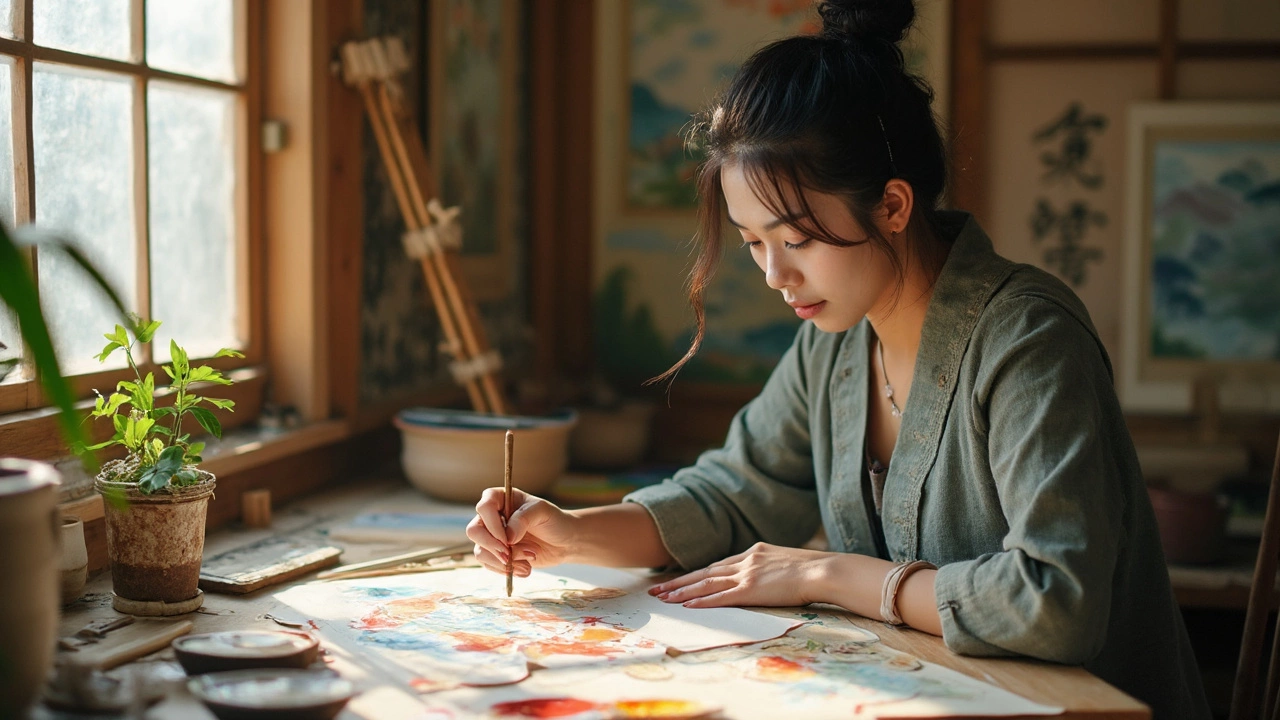
Renowned Japanese Watercolor Artists
Diving into the world of Japanese watercolor painting brings you face-to-face with some truly inspiring artists. While not always as globally known as their Western counterparts, their influence is profound and lasting.
Sakai Hoitsu
Let's start with Sakai Hoitsu, a celebrated artist from the Edo period. His fusion of traditional Japanese styles with the vibrancy of watercolor is mesmerizing. Hoitsu is famous for his depictions of seasonal flowers and nature, which were expertly painted to reflect the shifting ambiance of Japanese culture.
Hiroshi Senju
Moving to modern times, Hiroshi Senju has become a household name, especially in the contemporary art scene. Known for his large-scale waterfall paintings and use of the ancient Nihonga style combined with modern techniques, Senju’s works are displayed worldwide, leaving viewers in awe of his ability to capture natural beauty with serenity.
Suzuki Kiitsu
Suzuki Kiitsu, another notable figure from the Edo period, is famous for his detailed and vivid screen paintings. His craftsmanship grew under the mentorship of Sakai Hoitsu, continuing the legacy of their innovative approaches to watercolor. His works often illustrate stunning flora and fauna, exuding elegance and precision.
Contemporary Voices
On the contemporary front, artists like Michiko Isono and Keiko Tanabe are pushing the boundaries by integrating traditional techniques with modern subjects. Tanabe's urban landscapes have been particularly influential, blending cityscapes with techniques that promote a sense of movement and emotion.
Overall, these artists not only showcase the depth and diversity of Japanese watercolor painting but also continue to inspire new generations. Their works are a testament to Japan's artistic legacy that blends tradition with innovation.
Cultural Significance and Influence
Japan's relationship with watercolor painting is not just about the art itself, but about how it reflects the country's culture and way of life. At the heart of this connection is a deep appreciation for nature. Japanese watercolor artwork often incorporates natural themes like mountains, cherry blossoms, and serene lakes, mirroring the country's respect for the natural world.
The Role of Nature in Japanese Culture
Nature has a significant place in Japanese art and philosophy. The practice of “Shinto,” Japan's indigenous spirituality, celebrates the sanctity of nature. This belief is vividly reflected in artwork, where watercolor serves as a medium to bring out the essence of natural elements. Each brush stroke is deliberate, aiming to capture the fleeting beauty of seasons and landscapes.
Influence on Global Art Movements
Japanese watercolor techniques have not only shaped local art but also influenced global artists. The post-impressionist movement saw painters like Vincent van Gogh exploring Japanese aesthetics, integrating elements of simplicity, balance, and harmony into their work. This cross-cultural exchange has enriched art globally, making Japanese watercolor a significant part of art history.
Cultural Celebrations and Watercolor
Watercolors are often part of cultural festivities in Japan. For example, during the traditional tea ceremonies, the scrolls displayed in the tea rooms are frequently adorned with watercolor paintings, which complement the tranquil ambiance. Such practices highlight the integration of watercolor art in daily Japanese rituals.
Contemporary Influence
Today, modern Japanese artists continue to push boundaries by merging traditional watercolor techniques with contemporary styles. Art exhibitions around the world show off these unique blend of styles, drawing interest from art lovers everywhere.
Tips for Starting Your Watercolor Journey
Thinking about diving into the world of watercolor painting? It’s an exciting journey, and there’s a lot to learn! But fear not, starting isn’t as daunting as it seems. Let's break it down step-by-step so you can join the watercolor enthusiasts in no time.
Gather Your Basic Supplies
You don't need to start with professional-grade tools right away. Here's a simple list to begin:
- A set of watercolor paints – Start with a basic set before splurging on the fancy ones.
- Brushes – Get a couple of round brushes in different sizes for versatility.
- Watercolor paper – Look for 'cold press' paper; it’s forgiving for beginners.
- Palette – Use any old plate at home to mix your colors.
- A jar of clean water and a cloth or tissue for drying off brushes.
Mastering Techniques
Let’s talk techniques. If you’ve seen any Japanese art, you’ll know the magic lies in mastering a few basic skills:
- Wet on Wet – This is where you apply wet paint onto wet paper. It creates an effortless blend of colors.
- Wet on Dry – Paint on dry paper for more defined edges.
- Layering – Start with light colors and build up the intensity gradually.
These techniques are like building blocks; once you get them, larger, more complex paintings will come naturally.
Be Patient with Yourself
Remember, even the pros started somewhere. Some famous Japanese artists spent years refining their art, and it's okay if you don’t get it perfect right away. Take your time, and don't forget to have fun!
You might find it interesting that watercolor paintings hold their own unique charm because of their unpredictability. Embrace those accidental splashes, they just might turn into a masterpiece!
Experiment and Get Inspired
Try imitating styles or scenes you admire. Consider finding inspiration in nature, like many traditional Japanese artists. It’s all about discovering what speaks to you.
So, go ahead and start your watercolor adventure. Remember, every brushstroke is a step closer to creating something beautiful!
